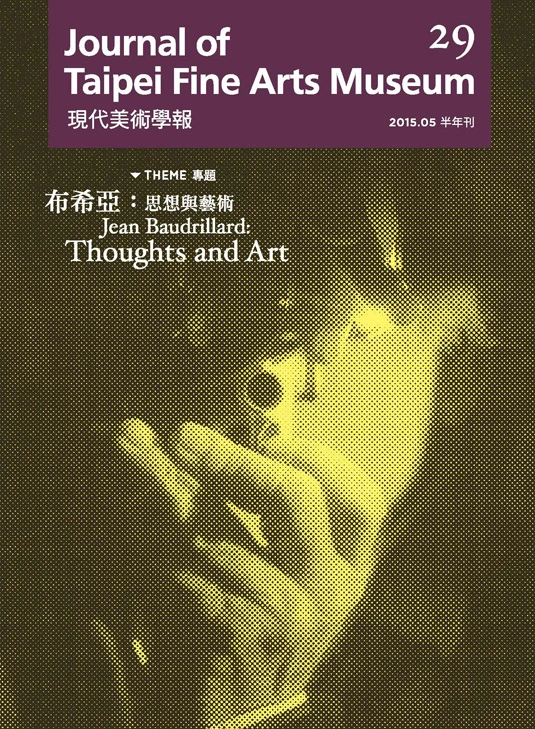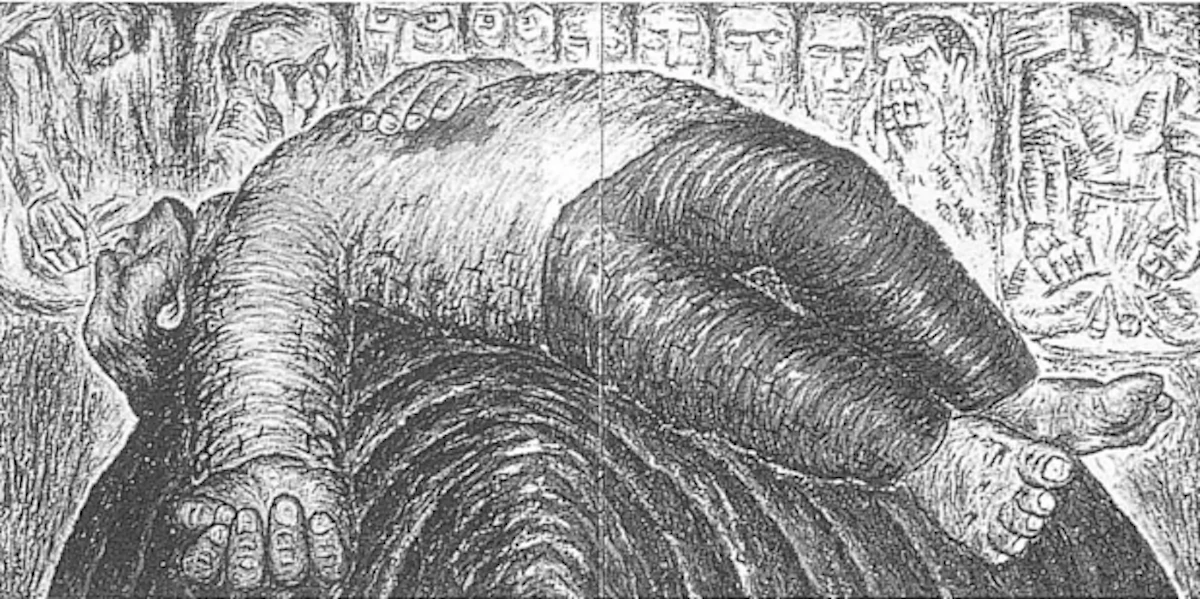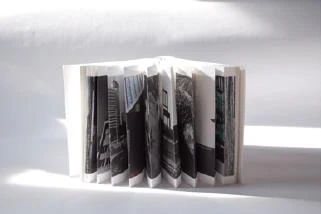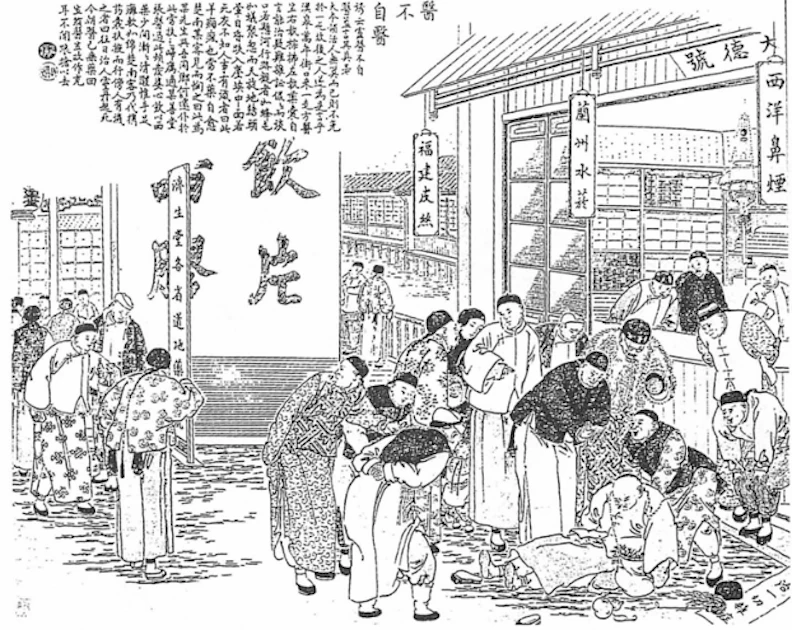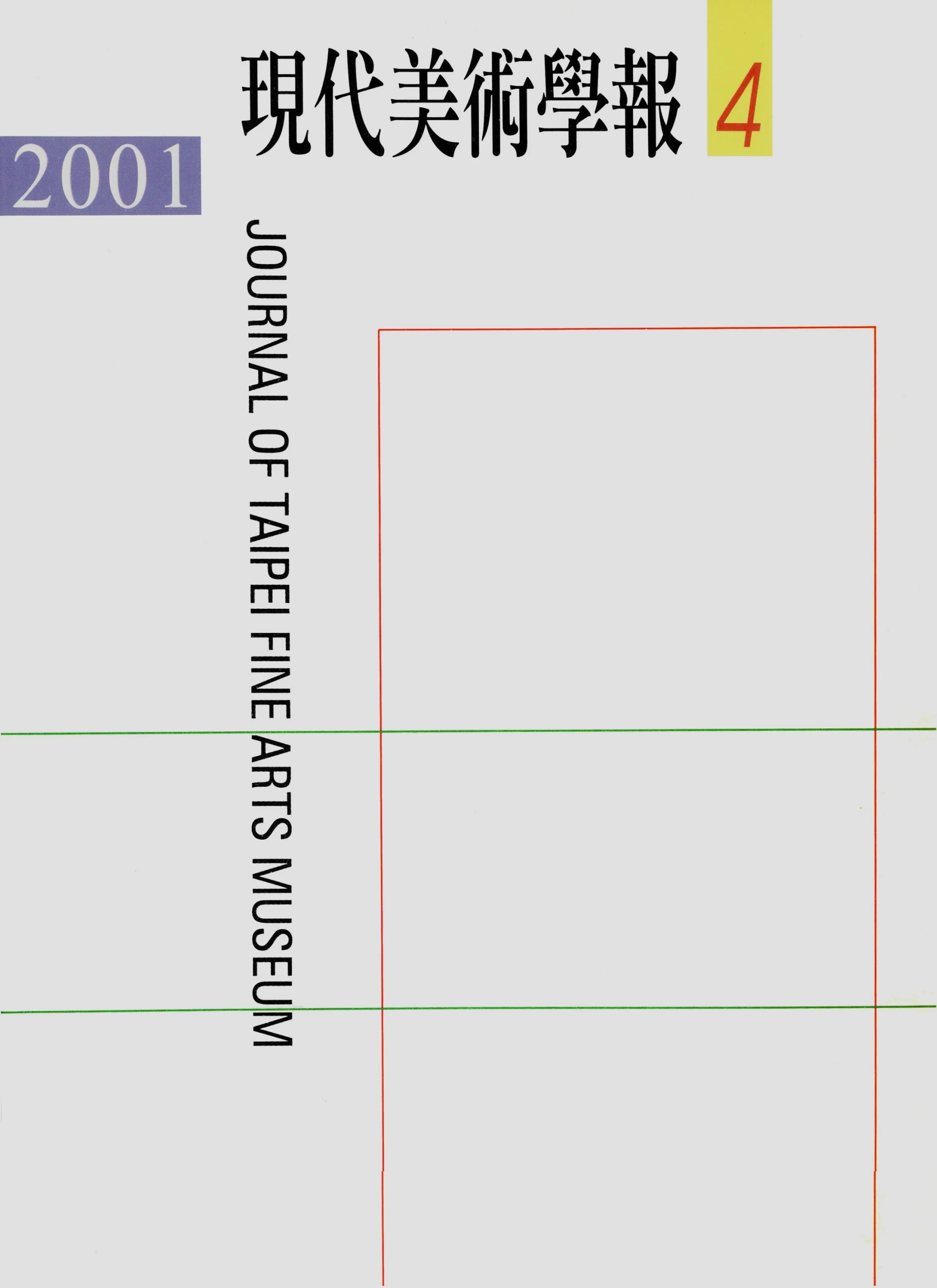摘要
20世紀初至40年代,泛亞主義 (Pan-Asianism) 在亞洲一度取得話語權,其影響在美術界亦不可低估。本文以此時段內日本,中國和印度的美術交流,出版和創作為背景,以日本畫(Nihonga) 及中國西畫家描繪非本國之亞洲女性作品為樣本,研究泛亞主義美術中對所謂「東方女性」的想像和塑造。與西方同時代對東方女性和上述各國對其本土女性的描述相比,此類作品中的女性形象更為複雜曲折。要成為泛亞主義反西方,反殖民意圖的象徵,這些圖畫中的女性必須與西方敘述中對東方女性的陳腐定型保持距離,然而亦落入另一種本質主義之窠臼。為要成為一個同源而又異質的亞洲的具像,她們需表現共同的「東方性」以及不同的國族淵源,同時又成為亞洲內部種族主義與殖民意識之體現。最後,這些女性由男性藝術家構造,亦是他們政治抱負與色情慾望的幻想投射,其幻想時常摻雜異族情調及男權主義的色彩,但也不乏對傳統性別角色的顛覆。本文闡釋上述種種意圖在美術作品中如何衝突和協調,並分析此類作品中女人性 (femininity) 的多種層面──靈性或色慾,具體或隱喻,家庭或公眾──如何鞏固、豐富和對抗主流泛亞主義話語。
關鍵詞
泛亞主義、民族主義、女性肖像、藝術中的女人性、現代亞洲藝術
Abstract
From the 1900s through to the 1940s, Pan-Asianism played a powerful role in Asian discourse, and exerted considerable influence on art. Set against the background of artistic exchanges, publications and productions among China, Japan and India during this era, and focusing on selected portrayals of non-native Asian women in Nihonga paintings in Japan and early oil paintings in China, this article studies the imagining and construction of "Oriental women" in Pan-Asian art. Compared with typical Western description of Oriental women at the time, and the portrayal of indigenous women in Asian countries, the female figures of Pan-Asian art exhibited greater complexity and tension. In order to become symbols of the anti-West and anti-colonial agendas of the pan-Asian movement, "Oriental women" needed to maintain some distance from those stereotypes shaped by Western narratives, but often became trapped in another type of essentialism. To embody an integrated yet heterogeneous Asia, those women had to exhibit both common "Orientalness" and their respective national heritages; at the same time, they also conveyed racist sentiments and colonial mentalities within Asia. Finally, portrayed by male artists, the women figures served as fantasized projections of both political passion and erotic desire. Such fantasies were often tinged with exoticism and patriarchal tendencies, but may also appear subversive to traditional gender roles. My analysis demonstrates how the various intentions clash and are reconciled in individual art works, and how the aspects of femininity conveyed by those works—from the spiritual to the erotic, the physical to the metaphoric, and the domestic to the public—at once reinforce, enrich and undermine the mainstream discourse of pan-Asianism.
Keywords
Pan-Asianism, nationalism, portraits of women, femininity in art, modern Asian

